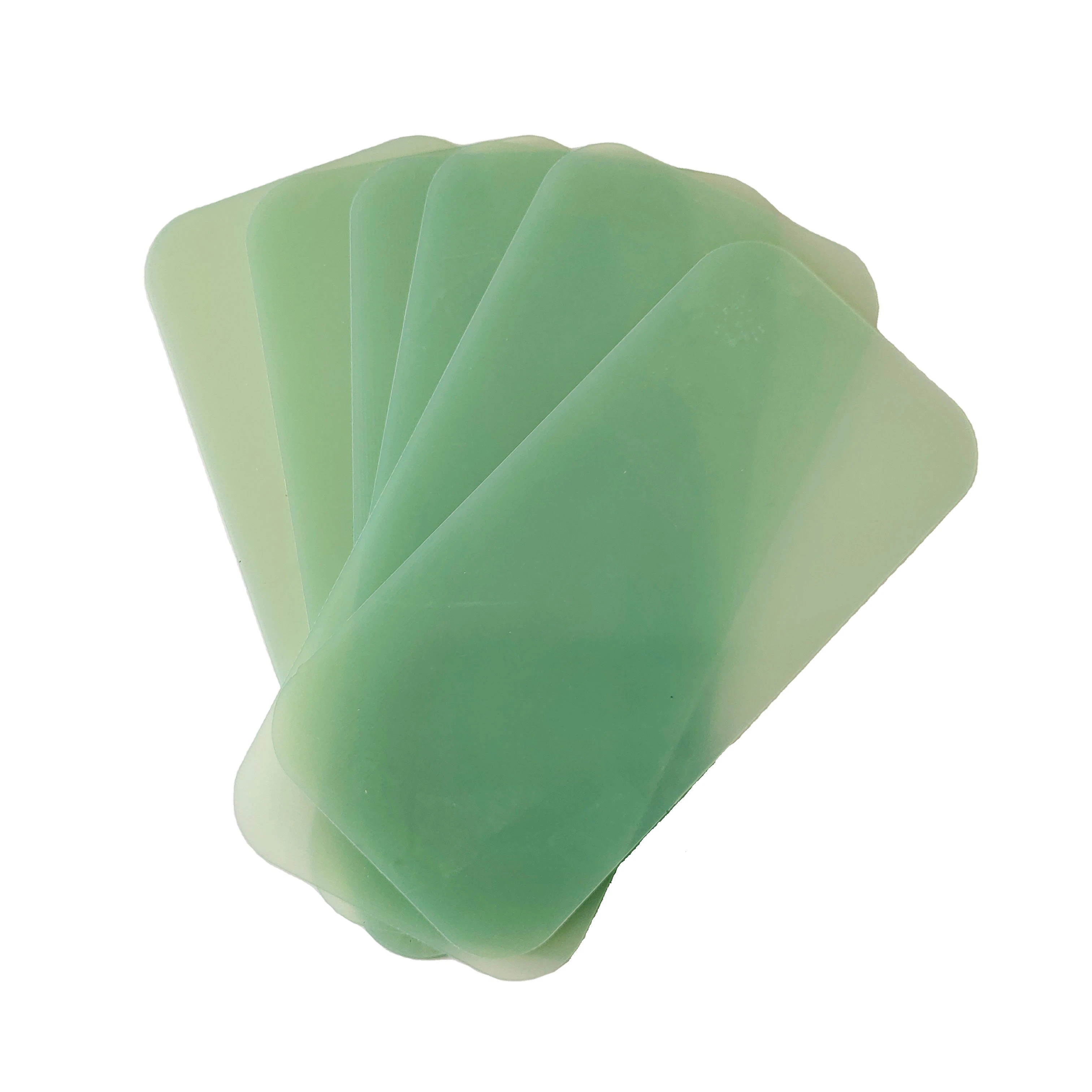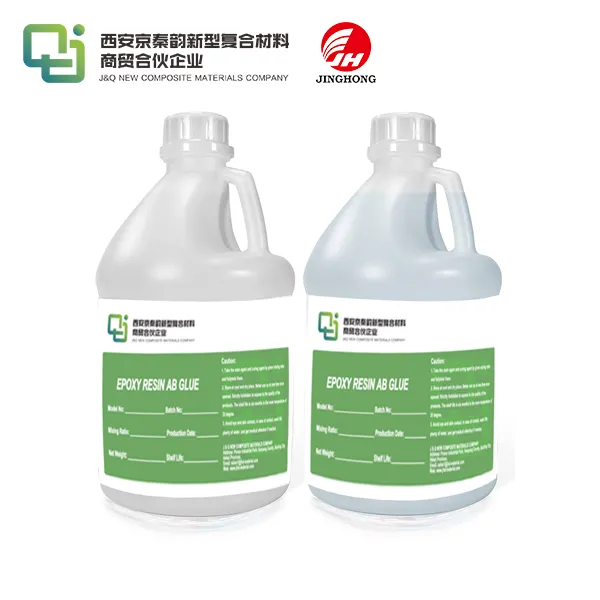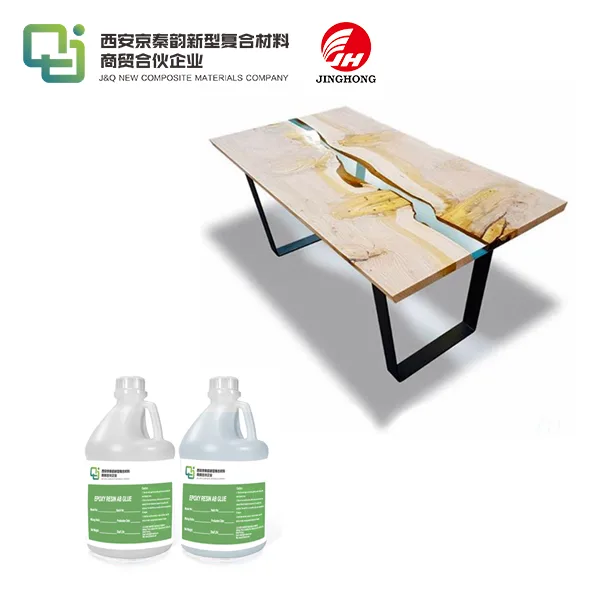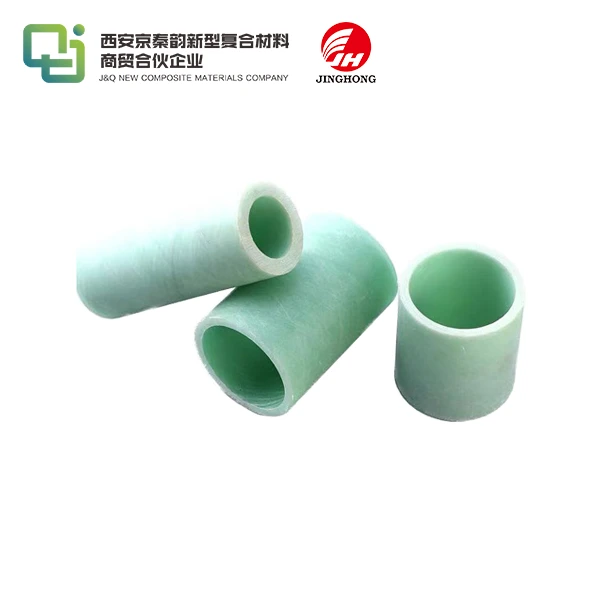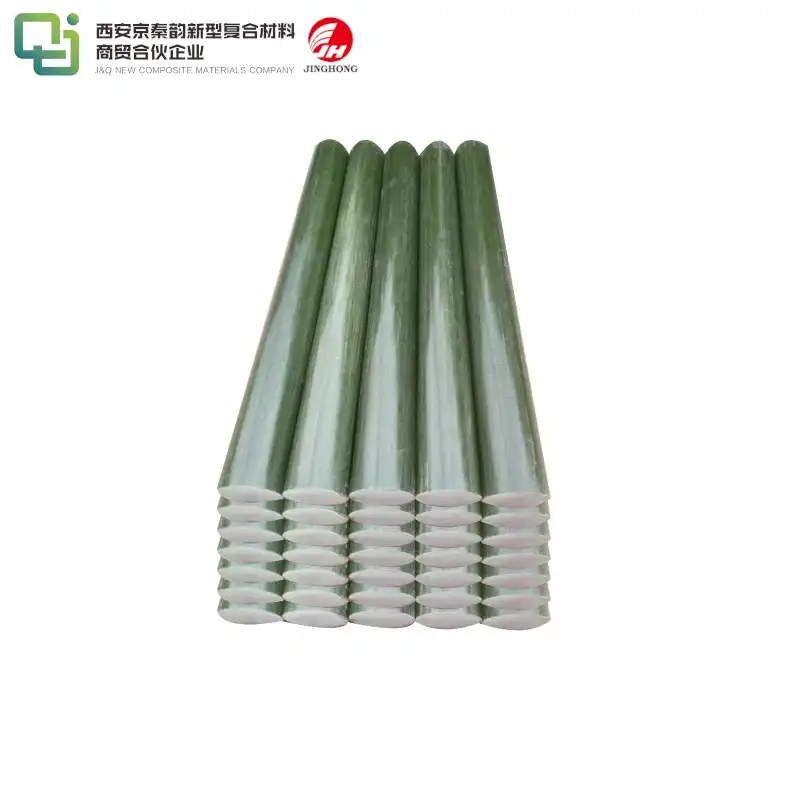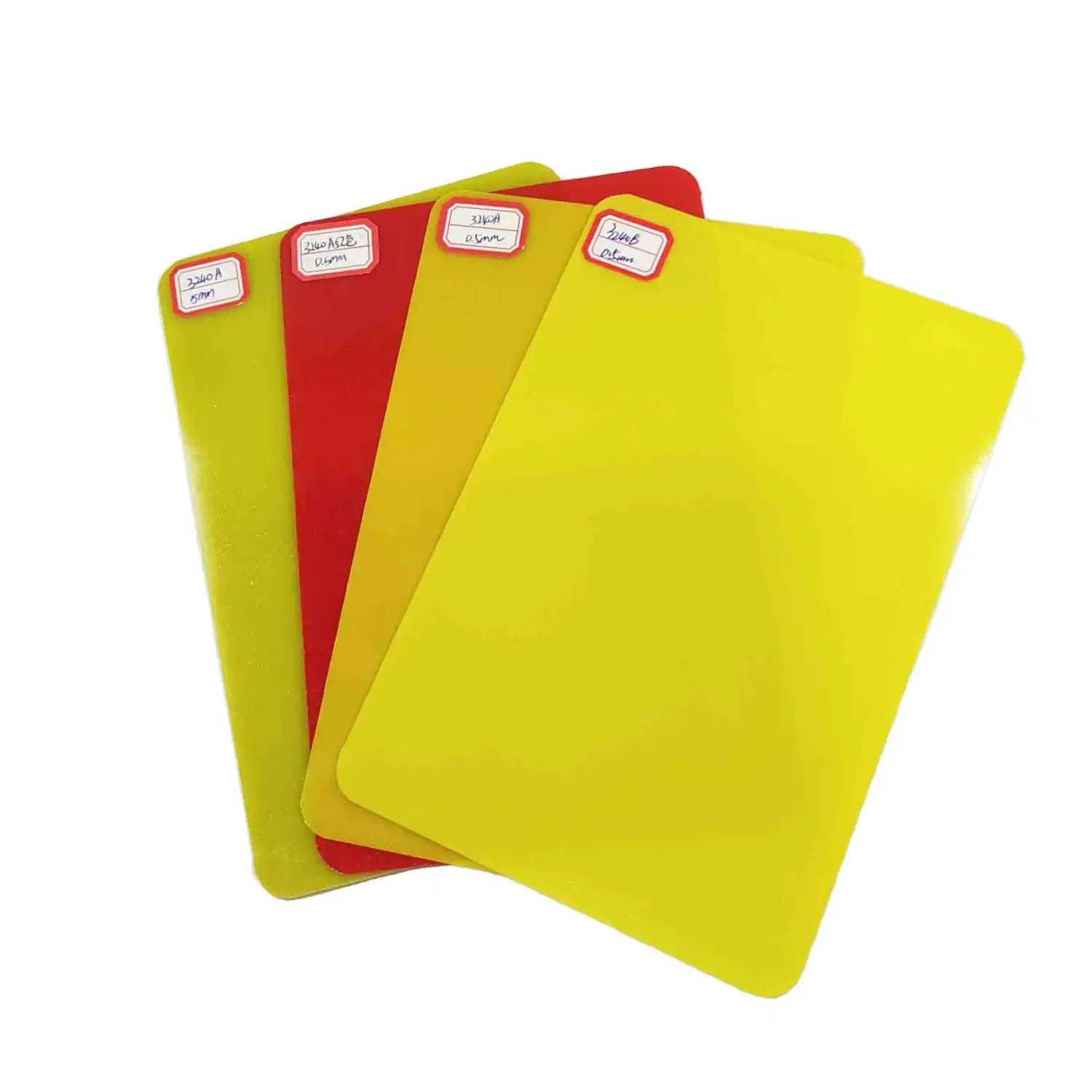Design Considerations for Using FR4 Epoxy Fiberglass Laminate Sheets in Electronic Component Fabrication
2025-04-18 16:39:19
FR4 epoxy fiberglass laminate sheets are pivotal in electronic component fabrication, offering a blend of electrical insulation, mechanical strength, and thermal stability. When designing with these versatile materials, engineers must consider several factors to optimize performance and reliability. Key considerations include the sheet's dielectric properties, thickness variations, and thermal characteristics. Additionally, attention to copper foil adhesion, dimensional stability, and flame retardancy is crucial. By carefully evaluating these aspects, designers can ensure that their electronic components meet stringent industry standards while maintaining cost-effectiveness and longevity in diverse applications.
Material Properties and Selection Criteria
Dielectric Constant and Loss Tangent
The dielectric constant and loss tangent of FR4 epoxy fiberglass laminate sheets play a crucial role in determining their suitability for various electronic applications. These properties affect signal propagation and energy dissipation within the material. Engineers must select sheets with appropriate dielectric characteristics to maintain signal integrity and minimize power loss, especially in high-frequency circuits. The dielectric constant typically ranges from 4.0 to 4.7, while the loss tangent varies between 0.01 and 0.025 at 1 MHz. Careful consideration of these parameters ensures optimal performance in demanding electronic designs.
Thermal Conductivity and Coefficient of Thermal Expansion
Thermal management is a critical aspect of electronic component design. FR4 epoxy fiberglass laminate sheets exhibit relatively low thermal conductivity, ranging from 0.25 to 0.4 W/mK. This property necessitates thoughtful heat dissipation strategies in high-power applications. Additionally, the coefficient of thermal expansion (CTE) of FR4 materials, typically around 14-17 ppm/°C in the x and y directions, must be considered to prevent warpage and ensure dimensional stability across operating temperature ranges. Matching the CTE of the laminate with other components in the assembly is crucial for long-term reliability.
Mechanical Strength and Flexural Properties
The mechanical robustness of FR4 epoxy fiberglass laminate sheets is essential for withstanding the rigors of manufacturing processes and operational stresses. These materials offer excellent flexural strength, typically ranging from 400 to 500 MPa. Their high modulus of elasticity, approximately 17-22 GPa, provides good rigidity and dimensional stability. When designing electronic components, engineers must account for these mechanical properties to ensure the finished product can withstand expected loads, vibrations, and thermal cycling without compromising structural integrity or electrical performance.
Fabrication Techniques and Challenges
Drilling and Via Formation
Precision drilling is a critical process in fabricating FR4 epoxy fiberglass laminate sheets for electronic components. The abrasive nature of glass fibers in FR4 can lead to rapid tool wear, necessitating the use of specialized drill bits and optimized drilling parameters. Via formation requires careful control of drill speed and feed rates to prevent delamination and ensure clean, uniform holes. Advanced techniques such as laser drilling may be employed for high-density interconnect (HDI) designs, offering improved accuracy and smaller via diameters. Engineers must consider the trade-offs between drilling methods, cost, and board complexity when designing their fabrication processes.
Copper Etching and Plating
Copper etching and plating processes are fundamental in creating circuit patterns on FR4 epoxy fiberglass laminate sheets. The etching process must be carefully controlled to achieve precise line widths and spacing while maintaining copper thickness uniformity. Factors such as etchant chemistry, temperature, and agitation significantly impact the quality of etched features. Plating processes, including electroless and electrolytic copper deposition, require meticulous control of bath chemistry and current density to ensure uniform plating thickness and strong adhesion. Designers must consider the limitations of these processes when specifying trace widths, copper thicknesses, and overall circuit density.
Lamination and Bonding
Multi-layer PCB fabrication often involves laminating multiple FR4 epoxy fiberglass sheets together. This process requires precise control of temperature, pressure, and time to ensure proper bonding without introducing voids or delamination. The selection of prepreg materials and their resin content is crucial for achieving optimal interlayer adhesion and overall board thickness control. Engineers must consider the impact of lamination on the final dielectric properties and dimensional stability of the assembly. Advanced lamination techniques, such as sequential lamination, may be necessary for complex, high-layer-count designs to maintain tight tolerances and ensure reliable interconnections between layers.
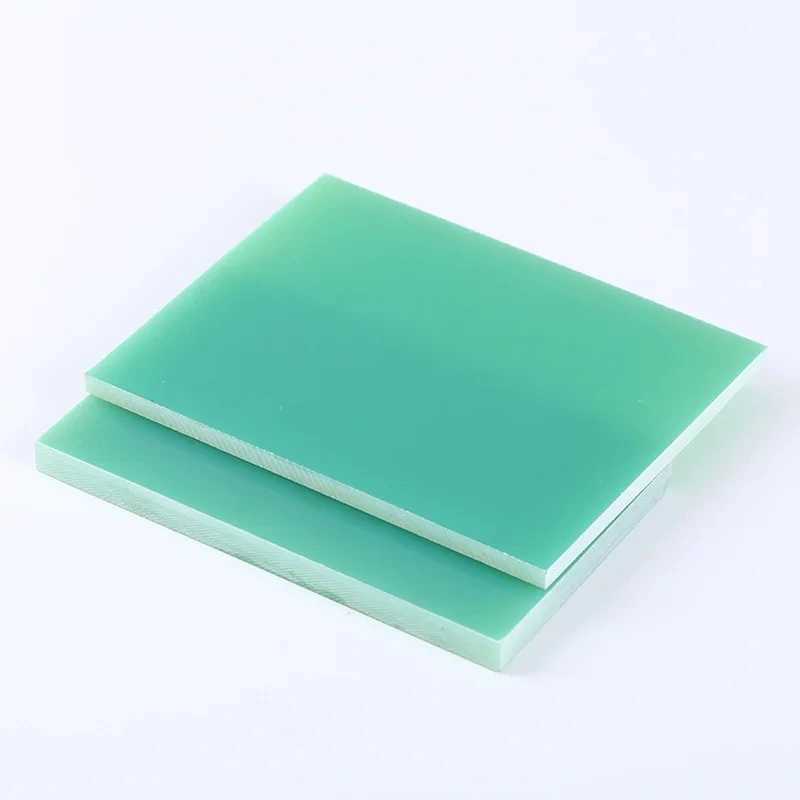
Performance Optimization and Quality Control
Signal Integrity and Impedance Control
Maintaining signal integrity in high-speed digital designs using FR4 epoxy fiberglass laminate sheets requires meticulous attention to impedance control. Designers must carefully calculate and specify trace geometries, dielectric thicknesses, and ground plane configurations to achieve target impedances, typically 50 or 100 ohms for single-ended signals. Impedance modeling software and field solvers are indispensable tools for optimizing trace designs. Manufacturing tolerances must be tightly controlled to ensure that the fabricated board meets the designed impedance specifications. Time-domain reflectometry (TDR) and vector network analysis (VNA) are commonly employed for verifying impedance consistency and signal integrity in the finished product.
Thermal Management Strategies
Effective thermal management is crucial for ensuring the reliability and longevity of electronic components fabricated with FR4 epoxy fiberglass laminate sheets. Despite the relatively low thermal conductivity of FR4, several strategies can be employed to enhance heat dissipation. These include the use of thicker copper layers, the incorporation of thermal vias to conduct heat to outer layers, and the strategic placement of components to optimize airflow. In high-power applications, designers may consider using metal-core PCBs or hybrid constructions that integrate FR4 with more thermally conductive materials. Thermal simulation tools are invaluable for predicting hot spots and optimizing component layout for improved heat distribution.
Environmental Testing and Reliability Assessment
Ensuring the long-term reliability of electronic components fabricated with FR4 epoxy fiberglass laminate sheets requires comprehensive environmental testing and reliability assessment. This includes subjecting prototypes to thermal cycling, humidity exposure, and mechanical stress tests to evaluate their performance under various operating conditions. Accelerated life testing methods, such as highly accelerated life testing (HALT) and highly accelerated stress screening (HASS), can be employed to identify potential failure modes and improve design robustness. Designers must also consider the impact of environmental factors on the FR4 material itself, such as moisture absorption and its effect on dielectric properties. Implementing appropriate conformal coatings or encapsulation techniques may be necessary to protect sensitive circuits from harsh environments.
Conclusion
Mastering the design considerations for using FR4 epoxy fiberglass laminate sheets in electronic component fabrication is essential for creating reliable, high-performance products. By carefully addressing material selection, fabrication techniques, and performance optimization, engineers can leverage the strengths of FR4 while mitigating its limitations. As technology advances, staying informed about the latest developments in FR4 materials and processing techniques will be crucial for pushing the boundaries of electronic design. The successful application of these considerations will result in robust, efficient, and cost-effective electronic components that meet the demanding requirements of modern applications.
Contact Us
For more information about our FR4 epoxy fiberglass laminate sheets and how they can benefit your electronic component fabrication projects, please contact us at info@jhd-material.com. Our team of experts is ready to assist you in selecting the right materials and optimizing your design for superior performance.
References
1. Smith, J. A., & Johnson, R. B. (2022). Advanced Printed Circuit Board Materials: Properties and Applications. IEEE Transactions on Electronics Packaging Manufacturing, 45(3), 287-301.
2. Chen, Y., & Liu, X. (2021). Thermal Management Strategies for High-Density PCB Designs. Journal of Electronic Materials, 50(8), 4562-4575.
3. Williams, K. L., et al. (2023). Signal Integrity Optimization in FR4-based High-Speed Digital Circuits. Microelectronics Reliability, 126, 114328.
4. Thompson, S. E. (2020). Fabrication Challenges in Multi-layer FR4 PCB Manufacturing. Circuit World, 46(2), 103-118.
5. Nakamura, T., & Garcia, A. (2022). Environmental Testing Methodologies for FR4-based Electronic Assemblies. Quality and Reliability Engineering International, 38(4), 1852-1867.
6. Lee, H. W., & Park, J. S. (2021). Advancements in FR4 Laminate Technology for Next-Generation Electronics. Journal of Materials Science: Materials in Electronics, 32(15), 20143-20158.

